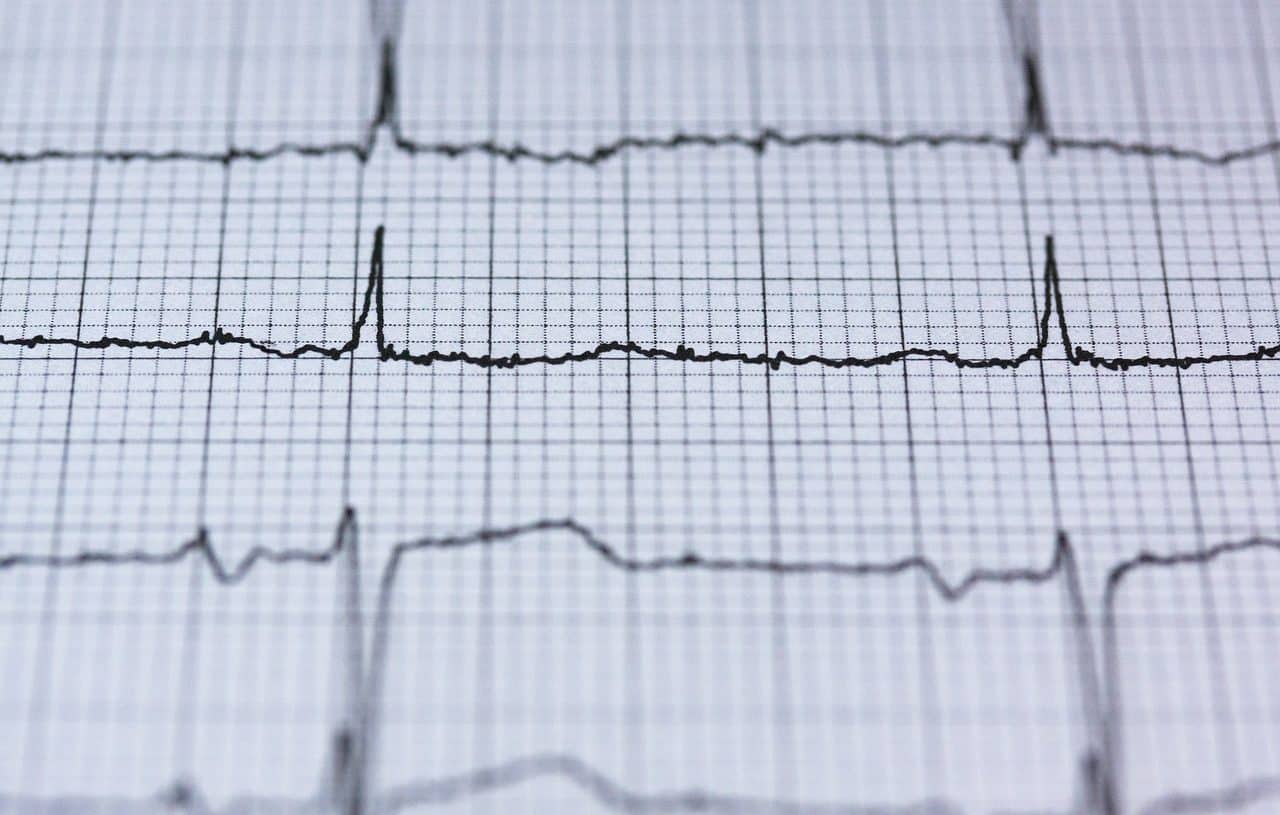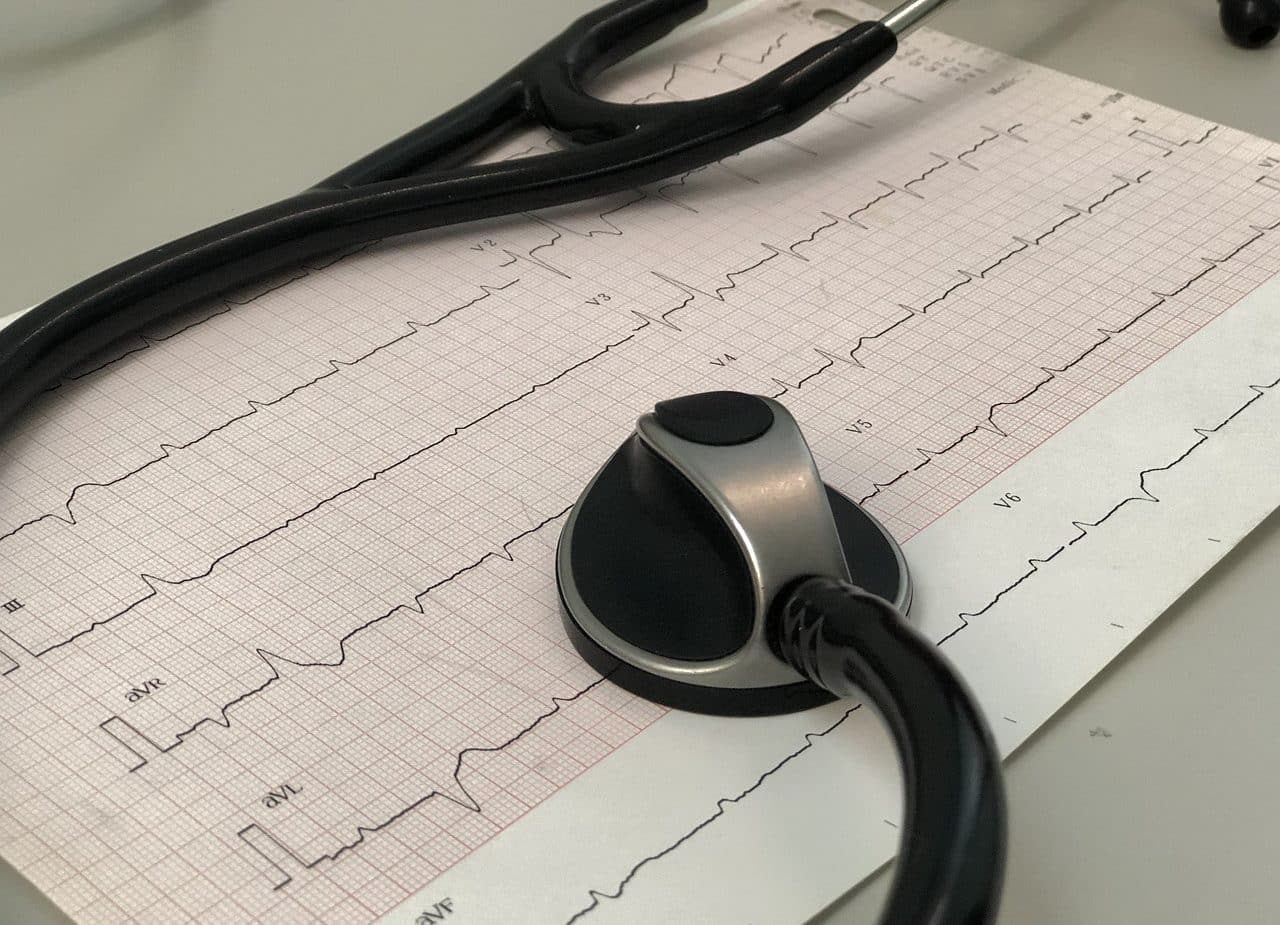
The idea of sinus rhythm refers to the heartbeats that are considered normal.
Sinus rhythm is a notion used in medicine to name the heartbeat that is considered normal . This is a reference value that can be measured through an electrocardiogram and is linked to age and other factors.
It should be noted that the order that allows a succession of things to be organized through the repetition of cycles at certain time intervals is known as rhythm . Sinus , on the other hand, is that linked to a nodule of cardiac tissue or a sinus.
Sinus rhythm waves
The heart beating in sinus rhythm draws five different waves on the electrocardiogram with each heartbeat . These waves are generated in an order, with a relative size and during specific intervals. When the waves deviate from the sinus rhythm, it is likely that they reveal the existence of some cardiac pathology. In any case, professionals know that there are changes in rhythm that can be considered normal according to the context.
Sinus rhythm includes an average of between sixty and one hundred beats per minute. The waves that draw the beats in the electrocardiogram are identified with the letters P , Q , R , S and T : according to the analysis of these waves, sinus rhythm can also be studied.
The QRS series, preceded by P , has to extend between eighty and one hundred milliseconds. PR , for its part, should last between 120 and 200 milliseconds. These and other parameters reveal whether the patient's heart beats in sinus rhythm.

An electrocardiogram can reveal abnormal sinus rhythm.
Results of a normal electrocardiogram
Specifically, it is determined that a person is considered to have a normal sinus rhythm in relation to their heart when the following circumstances occur, revealed through the results of the electrocardiogram performed:
- The RR interval must be constant. We are referring to what is the distance between two successive R waves.
- Each P wave has to be followed by a QS.
- The interval called PR, which is the interval between the beginning of the P wave and the beginning of the Q or R wave, is equal to or greater than 0.12 seconds.
- The heart rate is between 60 and 100 beats per minute.
- The positive P wave is in II and the negative one in aVR.
Possible alterations in sinus rhythm
Among the main pathologies that an individual can suffer and that become evident when a sinus rhythm control is carried out are the following:
- Tachycardia , which occurs when the heart rate is greater than the aforementioned 60 beats per minute.
- Bradycardia , on the other hand, is what occurs when the heart rate is below 60 beats per minute.
- Sinus tachycardia , which is characterized by the fact that it meets all the characteristics that identify sinus rhythm unless the heart rate exceeds 100 beats per minute.
It is important to keep in mind that, beyond the fact that the sinus rhythm revealed by an electrocardiogram is normal, this characteristic does not rule out the existence of pathologies .
